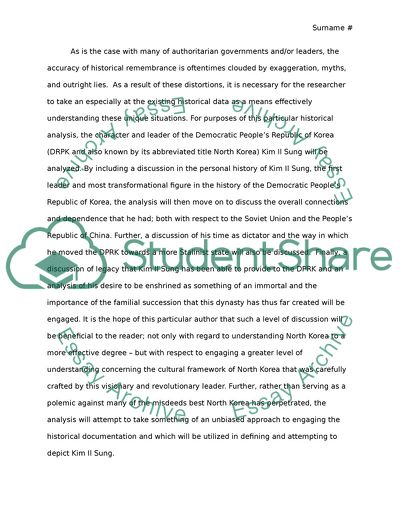Cite this document
(Policies and Ideologies of the Kim Jong-un Regime in North Korea Report Example | Topics and Well Written Essays - 3500 words, n.d.)
Policies and Ideologies of the Kim Jong-un Regime in North Korea Report Example | Topics and Well Written Essays - 3500 words. https://studentshare.org/history/1823078-kim-il-sung
Policies and Ideologies of the Kim Jong-un Regime in North Korea Report Example | Topics and Well Written Essays - 3500 words. https://studentshare.org/history/1823078-kim-il-sung
(Policies and Ideologies of the Kim Jong-Un Regime in North Korea Report Example | Topics and Well Written Essays - 3500 Words)
Policies and Ideologies of the Kim Jong-Un Regime in North Korea Report Example | Topics and Well Written Essays - 3500 Words. https://studentshare.org/history/1823078-kim-il-sung.
Policies and Ideologies of the Kim Jong-Un Regime in North Korea Report Example | Topics and Well Written Essays - 3500 Words. https://studentshare.org/history/1823078-kim-il-sung.
“Policies and Ideologies of the Kim Jong-Un Regime in North Korea Report Example | Topics and Well Written Essays - 3500 Words”. https://studentshare.org/history/1823078-kim-il-sung.


